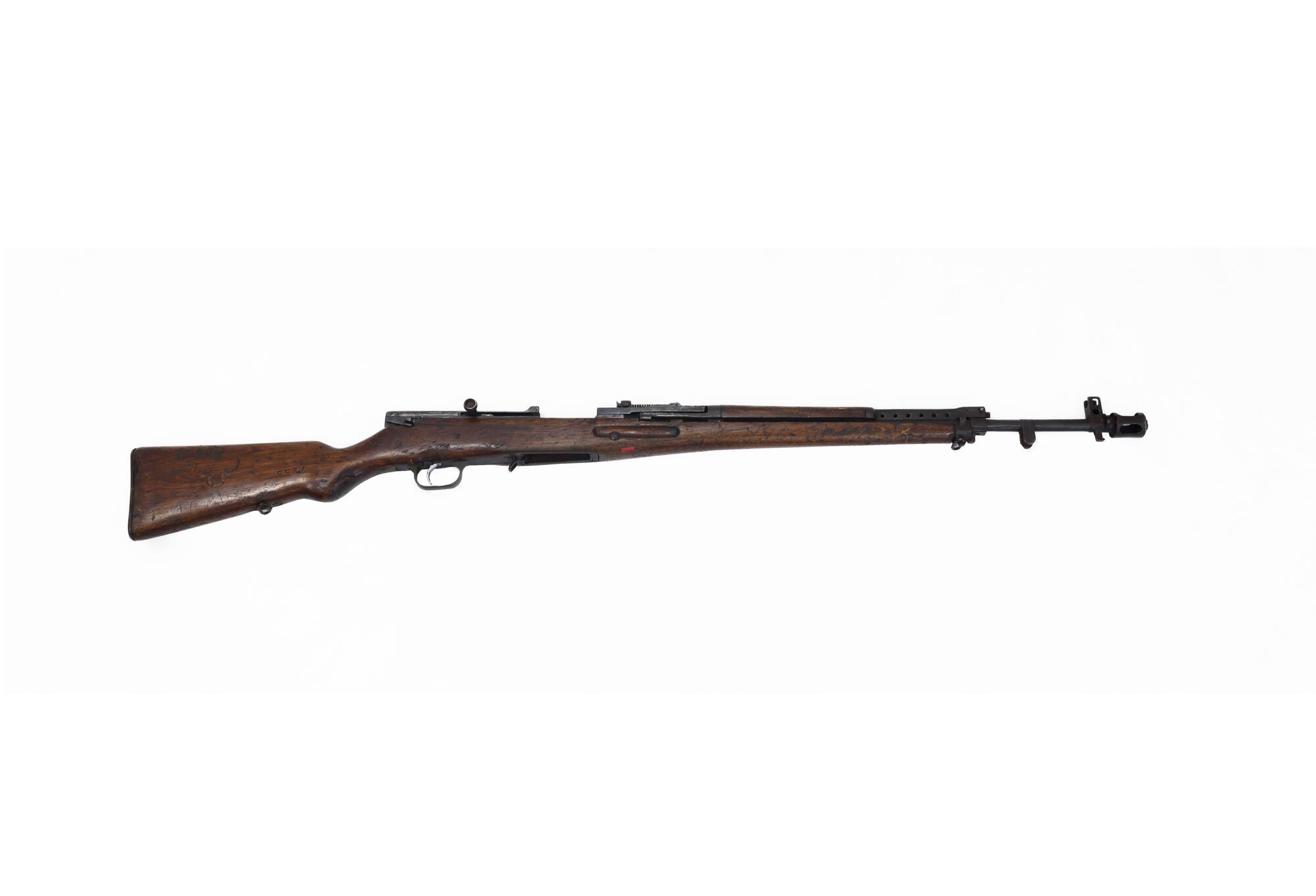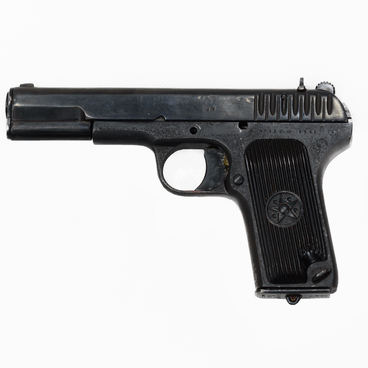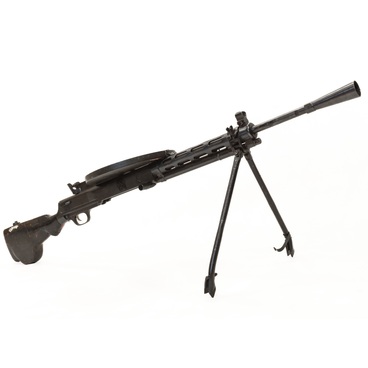In the Russian Imperial Army, and later in the Red Army, the Fedorov 6.5mm automatic rifles (Fedorov Avtomats) were effectively used in many battles and military campaigns. However, as this rifle was designed for a 6.5mm Japanese cartridge, it was decided in the late 1920s to develop an automatic rifle for a standard 7.62mm rifle cartridge. As a result of three consecutive competitions for the development of such a gun, the 7.62mm Simonov automatic rifle of the 1936 model (AVS-36) was chosen the best and accepted into service with the Red Army.
The AVS-36 rifle was a gas-operated gun, that is, it used part of the force of expanding propellant gases to operate the action. The design of its locking system made it possible to reduce the weight of the breechblock and the entire rifle due to the optimal load distribution in the lock mechanism. It was a selective fire rifle, which meant that it was not only semiautomatic, but also capable of fully automatic fire. The corresponding fire selector switch was mounted in the back of the trigger guard. The rifle was also equipped with a safety mechanism to prevent accidental shooting and a muzzle brake that made recoil more manageable. To feed the rifle with cartridges during firing, the gun featured a 15-round detachable box magazine.
Although iron sights mounted on the rifle allowed hitting targets at a range of 1500 m, in the fully automatic mode the effective range decreased several times. Because of this drawback and a high ammunition consumption, as the former People’s Commissar for Armament Boris Vannikov recalled, Stalin ordered to develop a self-loading semi-automatic rifle. As he noted, in combat conditions, nervousness forced shooters to continue firing without aiming, which was irrational and wasted a large number of cartridges.
As a result of this decision, the AVS-36 rifle was replaced by the Tokarev self-loading rifle (SVT-38). In total, 65,800 AVS-36 rifles were manufactured by 1940, many of them were successfully used in the First Soviet-Finnish War of 1939–1940.
The AVS-36 rifle was a gas-operated gun, that is, it used part of the force of expanding propellant gases to operate the action. The design of its locking system made it possible to reduce the weight of the breechblock and the entire rifle due to the optimal load distribution in the lock mechanism. It was a selective fire rifle, which meant that it was not only semiautomatic, but also capable of fully automatic fire. The corresponding fire selector switch was mounted in the back of the trigger guard. The rifle was also equipped with a safety mechanism to prevent accidental shooting and a muzzle brake that made recoil more manageable. To feed the rifle with cartridges during firing, the gun featured a 15-round detachable box magazine.
Although iron sights mounted on the rifle allowed hitting targets at a range of 1500 m, in the fully automatic mode the effective range decreased several times. Because of this drawback and a high ammunition consumption, as the former People’s Commissar for Armament Boris Vannikov recalled, Stalin ordered to develop a self-loading semi-automatic rifle. As he noted, in combat conditions, nervousness forced shooters to continue firing without aiming, which was irrational and wasted a large number of cartridges.
As a result of this decision, the AVS-36 rifle was replaced by the Tokarev self-loading rifle (SVT-38). In total, 65,800 AVS-36 rifles were manufactured by 1940, many of them were successfully used in the First Soviet-Finnish War of 1939–1940.



